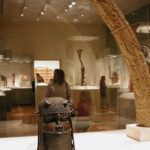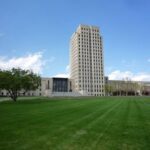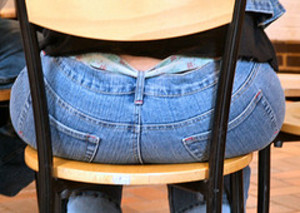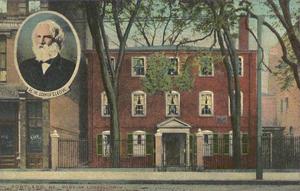The Museum of Fine Arts, Boston is one of the largest and most famous museums in the United States. It is even well known around the world. It contains more than 450,000 works of art. Visitors can see works by ancient Egyptian and Greek artists as well as such famous artists as Vincent van Gogh, John Singleton Copley, Pierre-Auguste Renoir, Claude Monet, Jackson Pollock and Georgia O’Keefe. They have extensive collections of Asian, African, Middle Eastern, Europe, North American and South American art.
The Museum of Fine Arts, Boston was founded in 1870. The collection was held at the Boston Athenaeum. In 1876, the collection was placed in a new building in Copley Square. This gothic revival style building was designed by John Sturgis and Charles Brigham. The building required additions in order to accommodate the Museum of Fine Arts twice in its time as the MFA. The first addition was completed in 1879 and the second in 1890. Unfortunately, the Copley Square site was not big enough to allow for any more additions and the Museum of Fine Arts, Boston needed them. So, in 1899, the decision was made to seek out a new site in Boston for the museum and start constructing a bigger museum.
Plans for the new building began in 1907. Architect Guy Lowell was commissioned to design a building with a number of wings that could be constructed in phases. The first would be large enough to move the collection there. Then, as the collection grew and funding allowed for it, extra wings would be added. The building was completed in 1909. It is a beautiful building, complete with colonnade and rotunda. The Museum of Fine Arts moved their collection there and the Copley Square building was vacated.
The new (and current) site of the Museum of Fine Arts, Boston was on Huntington Avenue. The main address is 100 Huntington Avenue Boston, MA 02116-6511. The original building is now the site of the Copley Plaza Hotel.
The second phase of construction found funding in 1911, through a generous donation of more than one million dollars from Mrs. Robert Dawson Evans. The new wing was completed and opened in 1915. It became known as the Robert Dawson Evans Wing. One year later, John Singer Sargent was commissioned to revamp the rotunda and colonnade. He did several paintings in the dome, added a few sculptures and some ornate details in the rotunda. He completed his work there in 1921 and moved on to the colonnade, for which he made several murals and reliefs. He completed all of his work for the Museum of Fine Arts, Boston in early 1925.
The Museum of Fine Arts, Boston was home to a school of fine arts since its inception. In 1927, a new school building was built for the School of the Museum of Fine Arts, Boston. This was part of Guy Lowell’s designs for the museum. However, the school is not located on the museum’s main grounds. It is across the street.
The last wing of Guy Lowell’s design was completed in 1928. This is the Decorative Arts Wing. This wing included a courtyard designed by Arthur Shurtleff. The Forsythe Wickes Addition expanded the Decorative Arts Wing. It was designed by Hugh Stubbins and completed in 1968. The Museum of Fine Arts, Boston commissioned Hugh Stubbins for the George Robert White Wing immediately after the Decorative Arts Wing addition was complete. The George Robert White Wing was completed two-years later.
The George Robert White Wing was completely engulfed by 1981. World-renowned architect, I.M. Pei was commissioned to design an addition to the wing that would surround it. It’s the most modern design the Museum of Fine Arts, Boston has completed as of yet. It is precisely what one would expect from Pei.
The Museum of Fine Arts, Boston is ever changing and expanding. In fact, as of right now, a major addition and renovation is nearing completion. Part of this project is an Art of the Americas Wing. The wing was designed by the Foster & Partners architectural firm. It is slotted to open in November of 2010.
The Museum of Fine Arts, Boston has a sister museum in Nagoya, Japan. It is known as the Nagoya Boston Museum of Fine Arts. The Boston Museum of Fine Arts makes many works of art in many styles and periods available to their sister museum. Many of these art genres have never gained exposure in Japan. These two museums set a fine example for sharing and displaying different cultures throughout the world.
Sources
Architectural History, retrieved 6/13/10, mfa.com
Art of the Americas, retrieved 6/13/10, mfa.org/collections/index.asp?key=17






